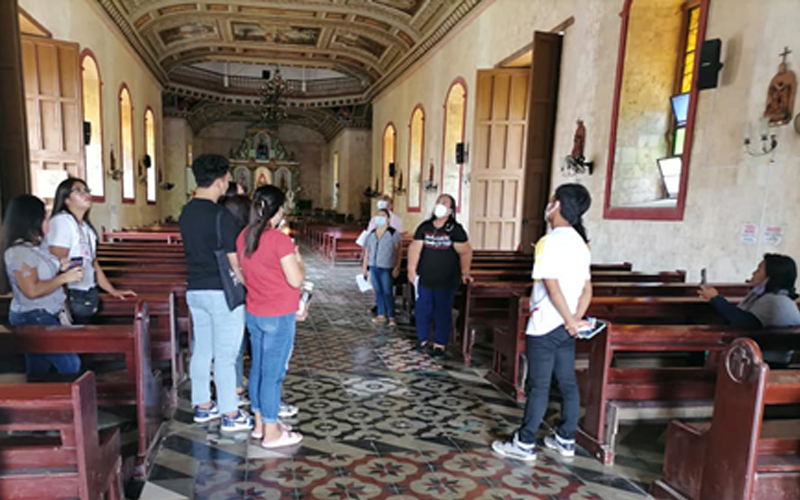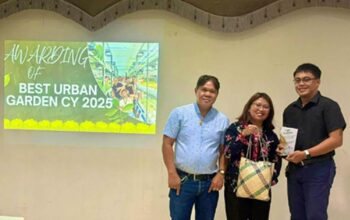
DISMAYED over the way tourists and tours bring guests who are inappropriately dressed inside churches, or who come in during masses and church functions, distracting parishioners?
The Diocese of Tagbilaran also feels that.
While opening up Bohol’s historic and cultural treasures in its heritage churches sounds like a smart way to cultivate awareness and boost pride of place in these historic and cultural-experience enriching sites, stepping into these hallowed grounds must always be guided by the holy respect and honor one reserves in getting into synagogues and mosques, hints Diocese of Tagbilaran’s Committee on Pilgrimages and Tourism, Rev. Fr. Marcelo Operiano Jr.
During the 4-days Panagtagbo: Seminar training for Church Docents, Fr. Operiano who also heads the Committee on Performing Arts and Intangible Heritage says it is high time that the church does a training of church guides who would be ushering guests and guiding them on the proper protocols while inside churches, especially during these guided tours.
A church guide training designed for local trainers, Panagtagbo is also a collaborative project of the Diocese Committee on Cultural Heritage of the church, committee on Pilgrimages and Tourism, University of Santo Tomas Graduate School’s Center for Conservation of Cultural Property and Environment in the Tropics, Defending Family values Incorporated and Kasingsining with Bohol Tour Guides Association of the Philippines.
The Diocese of Tagbilaran has seen that its churches, which have become a magnet for faith tourists, can also become a source of economic benefits for church tour guides, while this enhances the bearing of histories, traditions and exchange of cultures, while enriching the faith experiences of people.
Church docents or church guides traces its biblical foundations, and as strangers have been associated with the bearers of good news, docents are also trained to treat these people like the nomadic tribes of Israel treat every stranger, shares Monsignor Harold Anthony Parilla, vicar, explaining Christian Hospitality in Sacred Scriptures.
The training includes inputs on Sources of Faith-Based Tourism by Fr Milan Ted Torralba, overview of Bohol History by UST professor, historian and researcher Emmanuel Luis Romanillos, church and art appreciation as well as scriptwriting and story narratives by the director of the UST Center for the Conservation of Cultural property in the Tropical Environment and national coordinator of the Catholic Bishop’s Conference of the Philippines’ Commission on the Cultural Heritage of the Church, Eric Zerrudo.
Included in the training were potential trainors for church guides in the St Joseph Cathedral, Cortes, Maribojoc. Loon, Panglao, Dauis, Baclayon, Alburquerque, Loay and Loboc.
The training also included practicum on church guiding which was done in the church guide’s respective churches, with the training team of experts joining the tour for critique and evaluation.
After the training, the next steps would include localized re-echo training and the actual accepting of church guests, on schedules set by the local church.
The plan is, for every tour group, the accompanying tour guide turns over the tourists to site-trained church guides, who would brief the tour group of the proper protocols and deportment while inside the church and guide them through the experience, Fr. Operiano earlier said. (rahc/PIA-7/Bohol)



